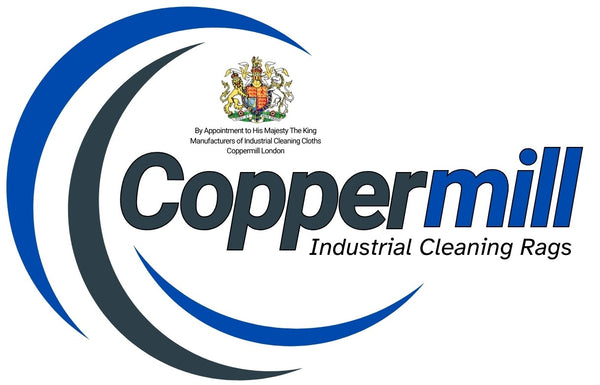
Transforming Textile Waste: Coppermill and the Impact on the UK's Recycling Landscape
- The UK produces 206,456 tonnes of textile waste in a year, out of which only 14.6% are recycled or reused.
- The UK could save around £3 billion per year from the cost of the resources used to make and clean clothes if it changed the way it supplied, used and disposed of clothing.
- UK citizens discard around a million tonnes of textiles per year, with around 20% going to landfill and 80% incinerated.
- The UK recycling rate for Waste from Households (WfH), which includes textiles, was 44.6% in 2021, increasing from 44.4% in 2020.
- Wales had the highest recycling rate for WfH in the UK, at 56.7%, followed by Northern Ireland (48.4%), England (44.1%) and Scotland (41.7%).
- More than 60% of householders in the UK say they have unwanted clothes and textiles stored in their homes.
- Textile recycling companies such as Coppermill Ltd are helping to tackle this problem by collecting unwanted textiles and diverting them from landfill sites, and sorting them for reuse or recycling.
- Coppermill Ltd diverts over 15,000 tonnes of textiles from landfill every year, saving over 300,000 tonnes of CO2 emissions and over 70 million cubic metres of water.
Textile recycling is an important environmental and economic issue in the UK, as the country produces and consumes a large amount of clothing every year. According to some estimates, the UK could save around £3 billion per year from the cost of the resources used to make and clean clothes if it changed the way it supplied, used and disposed of clothing. However, the UK still sends around 350,000 tonnes of clothing to landfill every year, which is about 30% of its unwanted clothing . This is equivalent to more than 1.7 kg per person per year. Moreover, incineration of clothing waste also contributes to greenhouse gas emissions and air pollution. Only about 700,000 tonnes of clothing are recycled or reused every year, which is about 63% of the UK's packaging waste. This means that there is a lot of room for improvement in textile recycling rates and awareness in the UK.
One of the ways to increase textile recycling is to support textile recycling companies that collect, sort and process unwanted clothing and textiles into new products or materials. For example, Coppermill Ltd is a textile recycling company based in London that has been operating since 1920. It collects textiles from various sources, such as charities, local authorities, schools and businesses, and produces wipers and fillings from low-grade textiles that cannot be worn again. Coppermill Ltd recycles over 15,000 tonnes of textiles every year, which saves over 210,000 tonnes of CO2 emissions and over 450 million litres of water.
Another way to increase textile recycling is to educate consumers about the environmental and social impacts of their clothing choices and behaviours. For example, consumers can learn about how long different types of fabrics take to decompose in landfills, which can range from several months to hundreds of years depending on the material. They can also learn about how to extend the lifespan of their clothes by repairing, mending, altering or upcycling them. They can also donate their unwanted clothes to charity shops or textile banks instead of throwing them away. Furthermore, they can adopt more sustainable consumption habits, such as buying less but better quality clothes, choosing clothes made from recycled or organic materials, or opting for circular fashion models such as renting, swapping or sharing clothes.
Textile recycling is not only beneficial for the environment, but also for the economy and society. It can create jobs, reduce waste management costs, generate income for charities and social enterprises, support developing countries and promote social inclusion. Therefore, it is vital that the UK continues to improve its textile recycling performance and awareness in order to achieve its environmental and social goals.
Sources:
: https://clothesaid.co.uk/about-us/facts-on-clothes-recycling/
: https://www.gov.uk/government/statistics/uk-waste-data/uk-statistics-on-waste
: https://www.circularonline.co.uk/news/uk-named-fourth-largest-textile-waste-producer-in-europe/
: https://www.coppermill.ltd.uk/about-us/
: https://www.recyclenow.com/what-to-do-with/clothing-textiles-0
